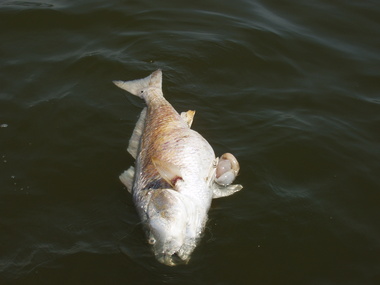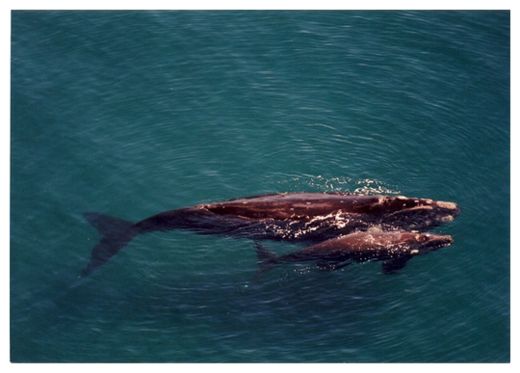Pittsylvania, Co., VA - The Department of Game and Inland Fisheries has been bombarded with reports of dead bird sightings throughout the Southside. Most of the birds were found Tuesday in Danville and Pittsylvania County.
Barbara Scott was shocked when her business's parking lot became a graveyard for more than 100 birds.
"That freaked me out," said Scott, manager of Penny-Wise Cleaners.
Scott says first she noticed feathers stuck to the front door, before she learned that was just the start.
"I was thinking this was crazy. How in the world did the bird fly into the door is what I was thinking," said Scott.
The Department of Game and Inland Fisheries received several reports of dead birds littering that parking lot and a number of others throughout Danville and Pittsylvania County.
"It's kind of a rare occurrence for song birds to end up being found dead from a natural incident," said Dan Lovelace, Department of Game and Inland Fisheries.
Still, Lovelace suspects the deaths can be attributed to the strong storms mixed with the bird's migration patterns.
"This time of year, the warblers and other birds are migrating at night so it's a good chance it is a weather related phenomena," said Lovelace.
Lovelace explains they have no reason to believe the deaths were caused by a toxin and at this point, people should not be concerned.
"I feel better but there still there is the question of why, how?" said Scott.
While most of the birds have now been cleaned up from the lot, Scott just hopes this will never happen again. After all, she says it can't be good for business.
Lovelace collected several birds from different locations and sent them to a lab to be tested. He says he cannot know the exact cause of death until he gets those results back.

